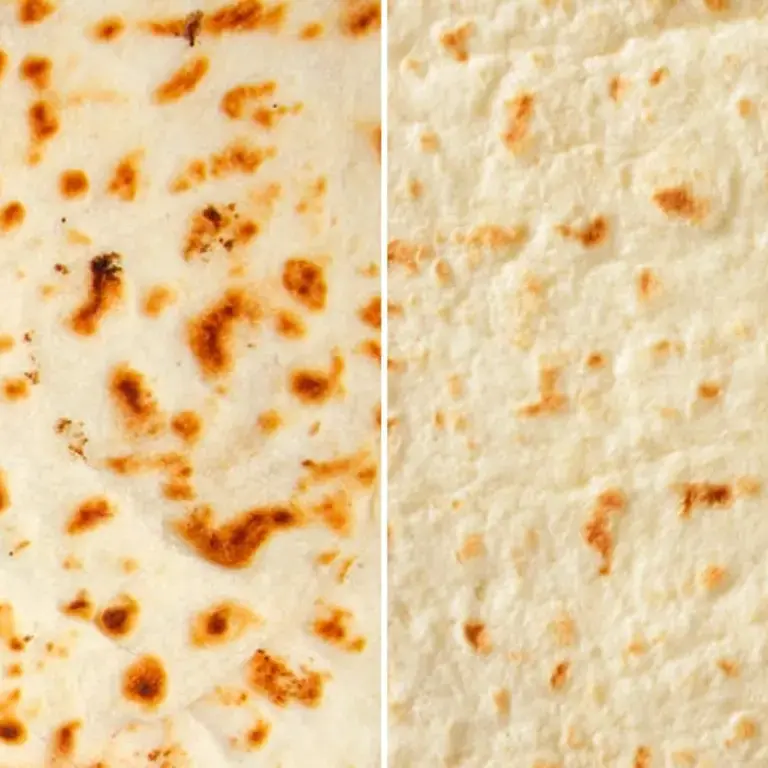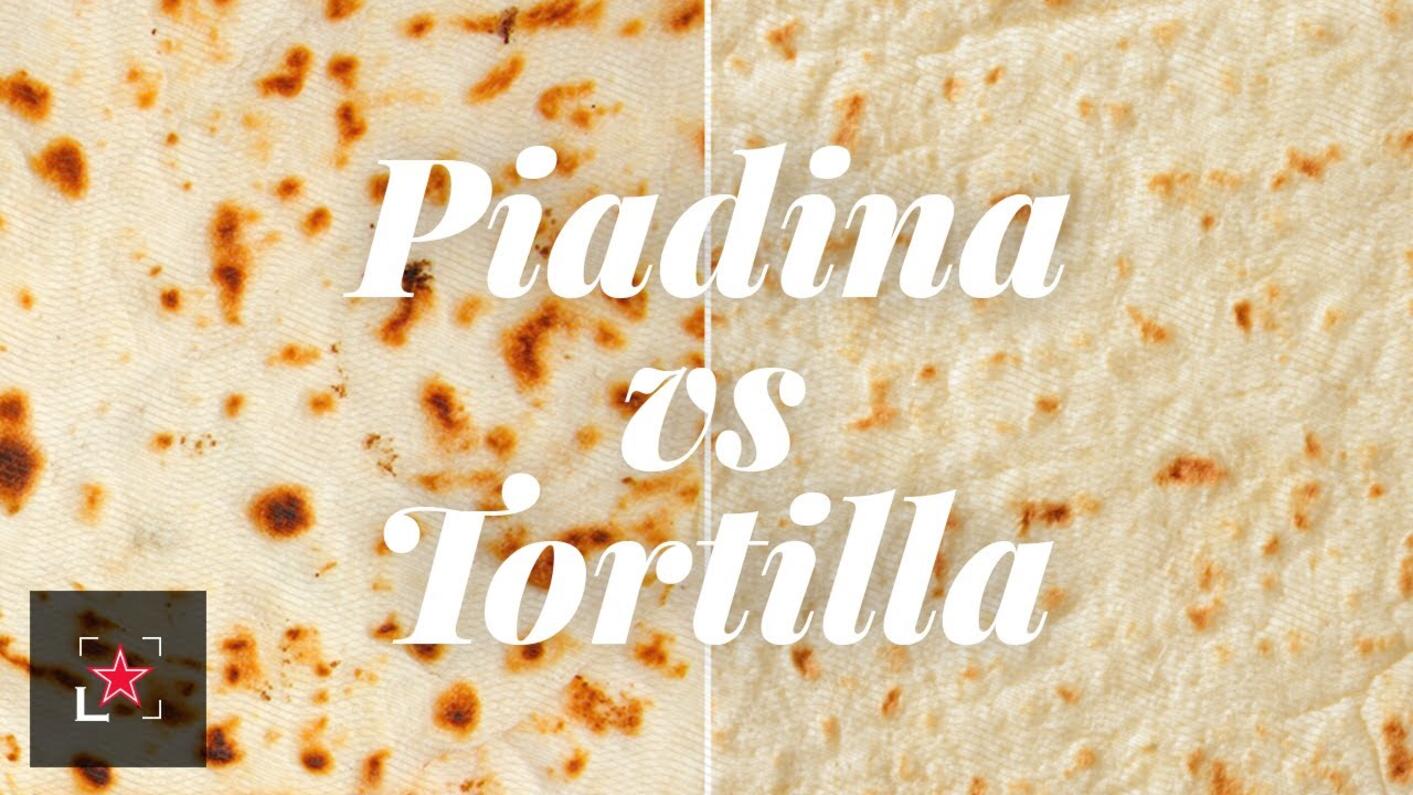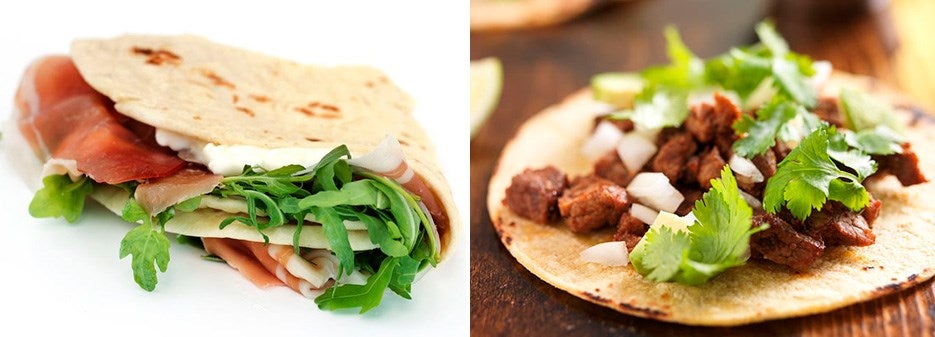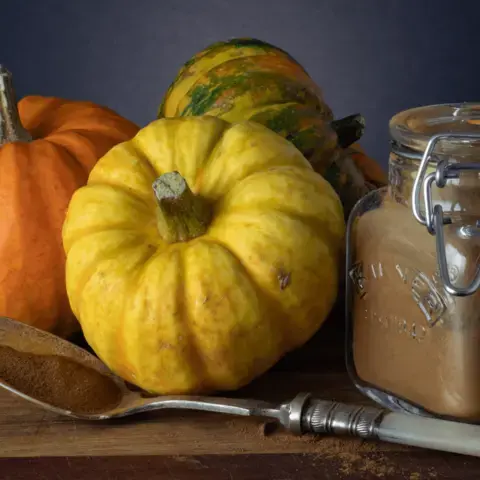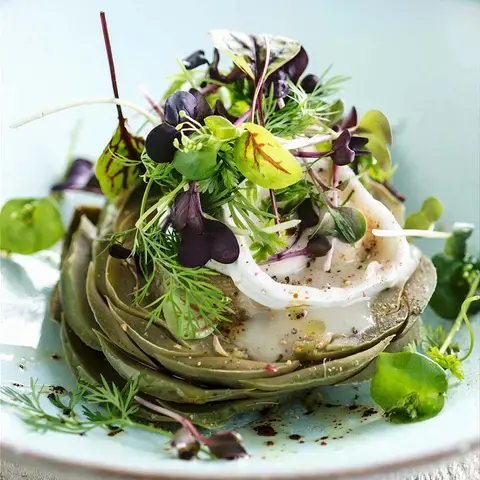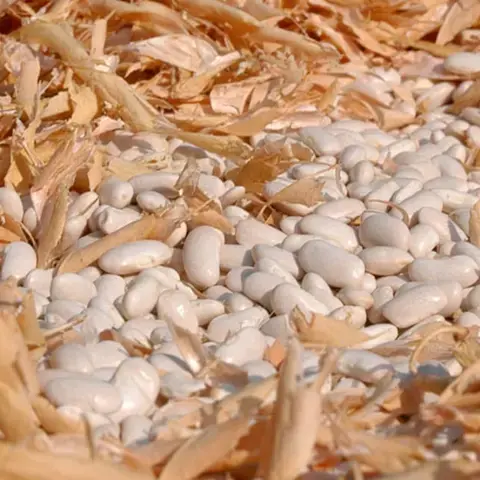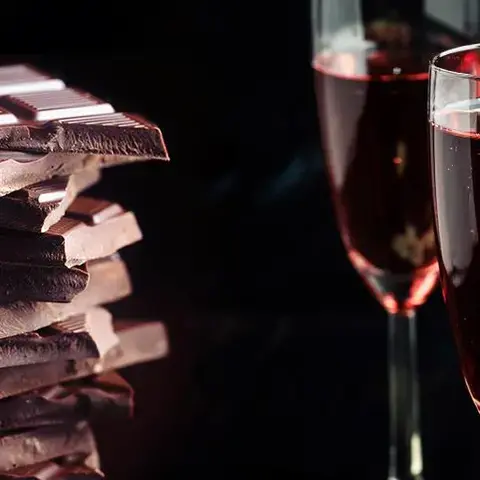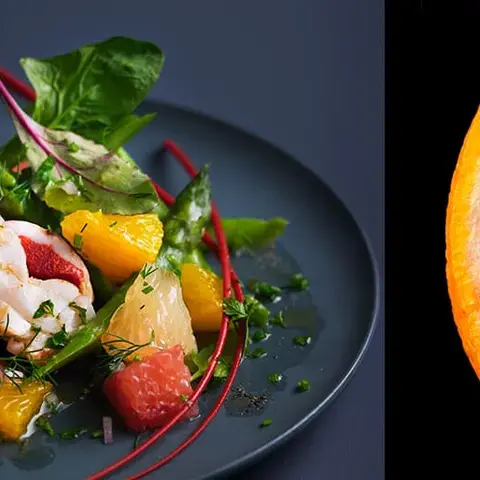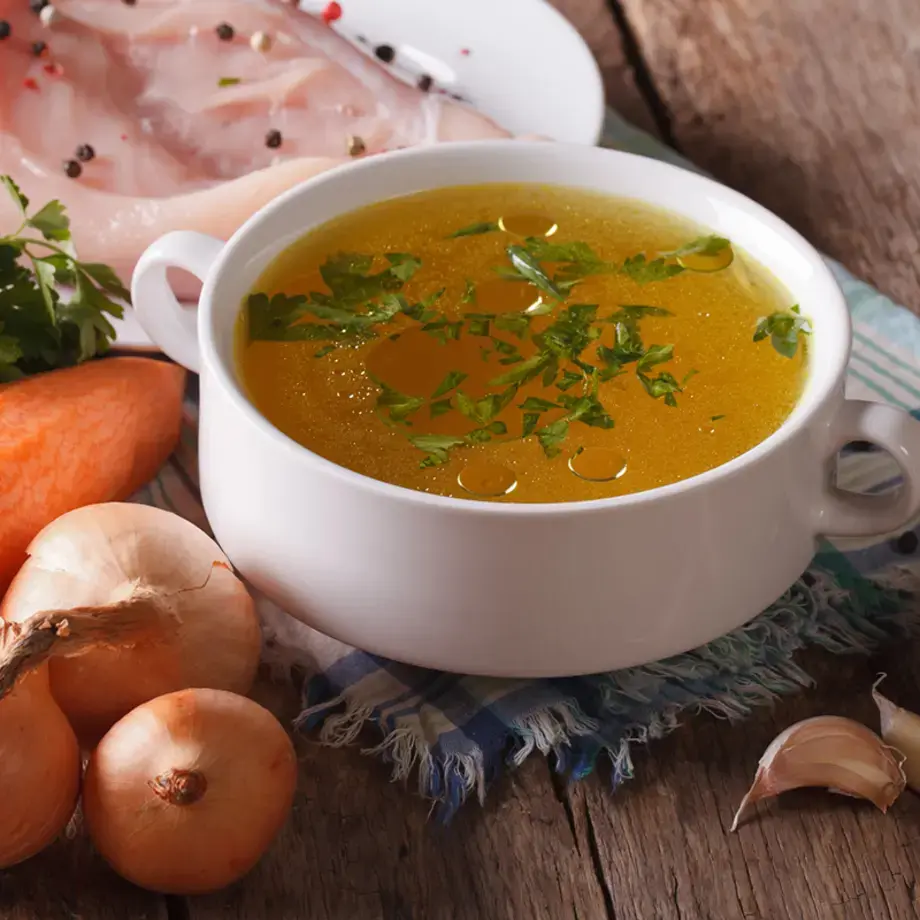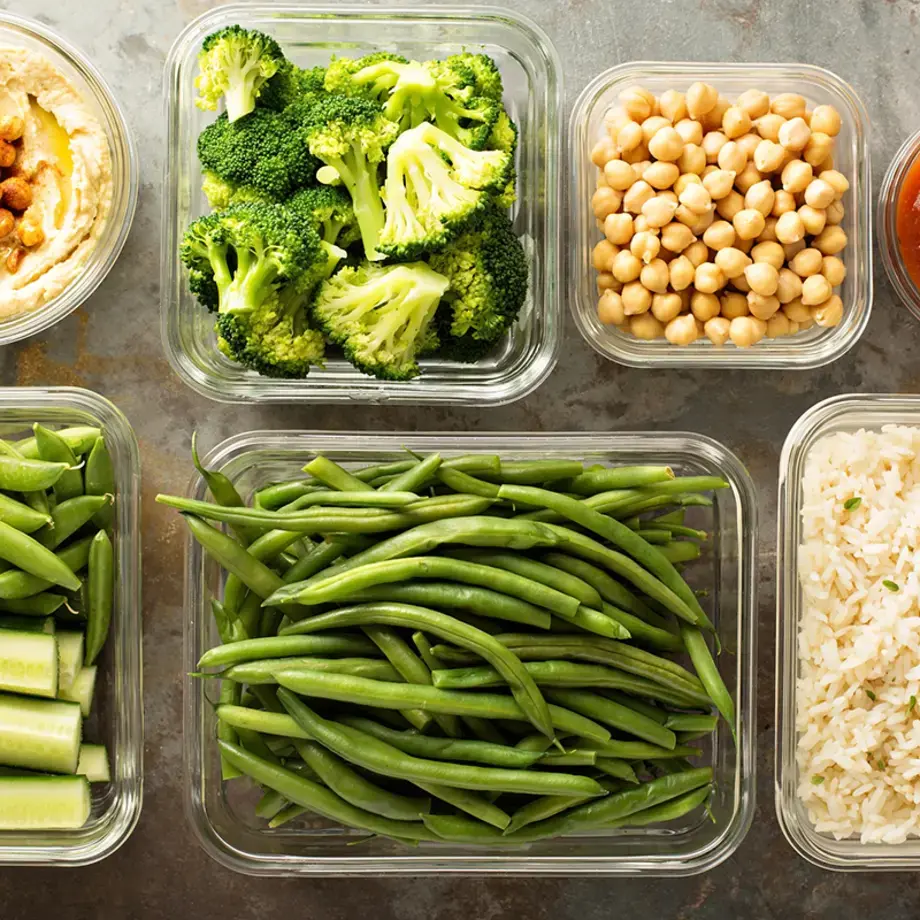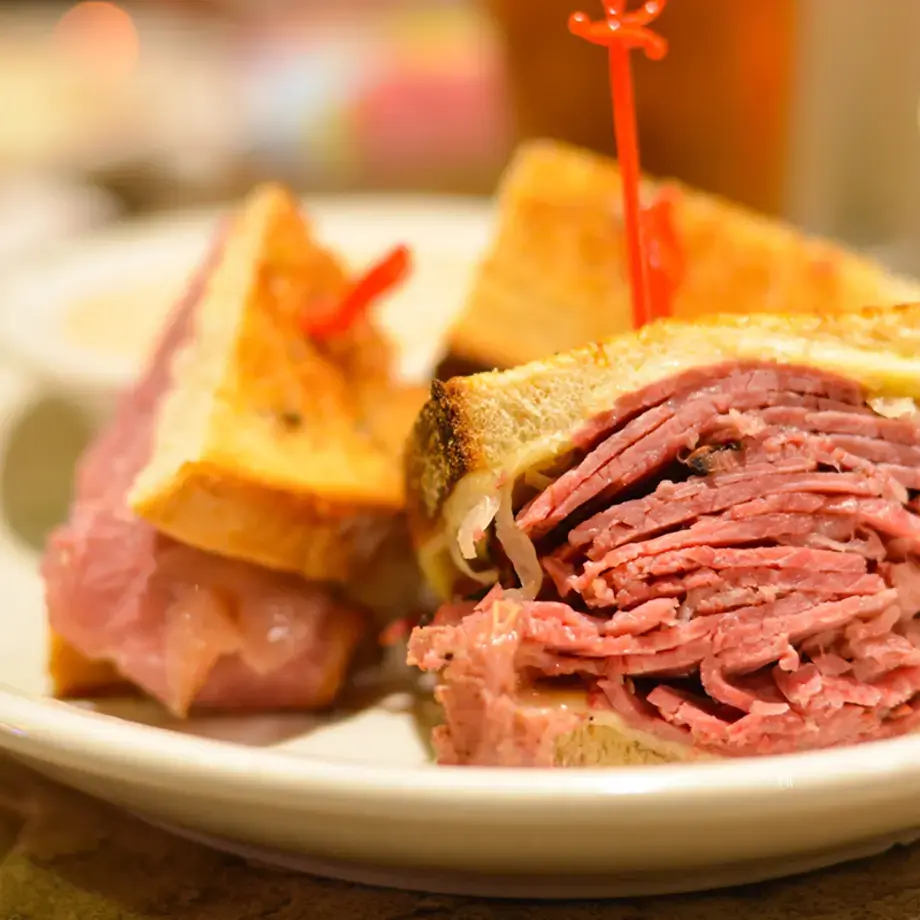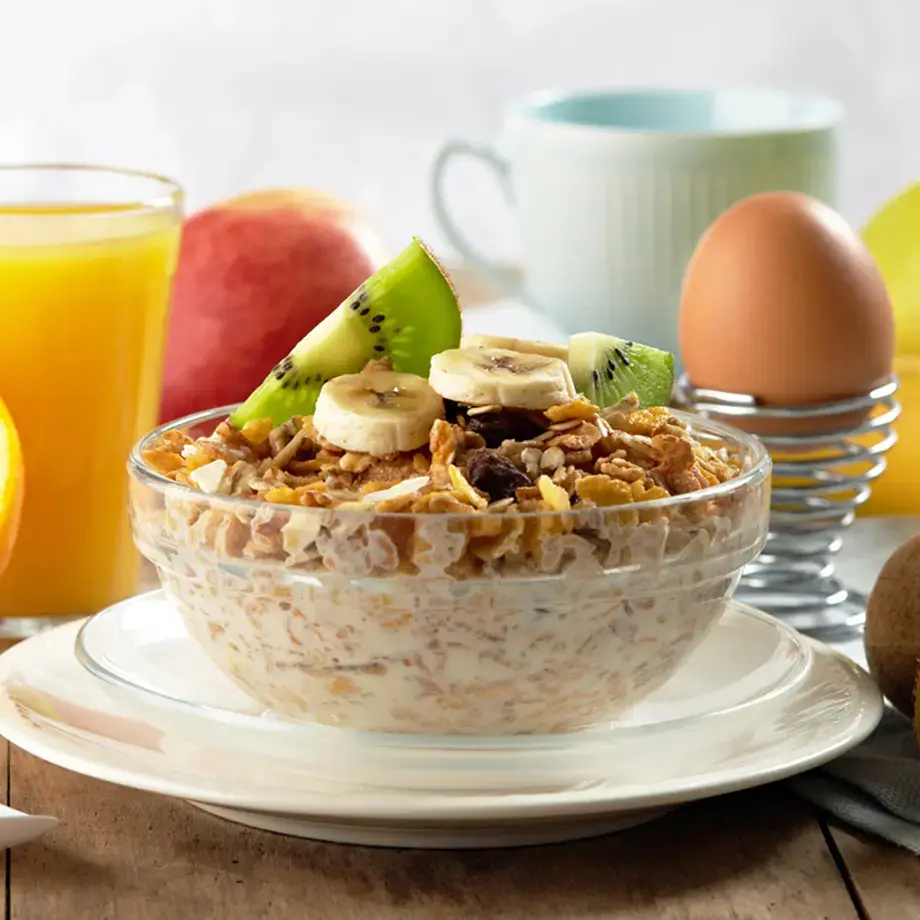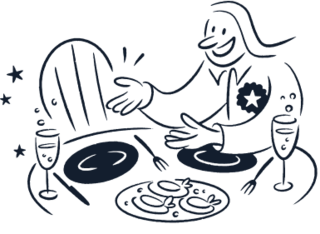Food anthropology experts believe that bread, as we know it today, derives from what was originally a mix of flours blended with water and left to bake in the sun or on top of a scorching hot surface. Nothing could be more similar to the earliest forms of bread than piadina and tortilla: while they are similar in concept, they have different histories and tastes. Both of them made their first appearance on the streets and are considered to be a perfect example of pop and street food. They are both exalted by their accompanying ingredients, but this is where their similarities end.
Owing to the addition of fat to the dough, the piadina is tastier and crumblier than the tortilla, which is doughier and lighter on the palate. Both tend to have a somewhat neutral taste, which makes them ideal for accompanying other ingredients or for being filled, in the same way as bread.
The piadina is served with other single ingredients rather than cooked foods, unlike tortilla which accompanies proper dishes. The most traditional version of piadina comes with a filling of raw ham, squacquerone cheese and rocket leaves. A gourmet piadina may even stretch to fish and crustaceans, but the people born and bred in Romagna like it best with local cold cuts and cheeses. For a rich and protein-packed exception to the “single uncooked ingredients” rule, try this recipe for a piadina filling of lambs hearts, sheep milk yoghurt, and anchovies. Or you can sweeten the normal mix of mozzarella, rocket, and prosciutto with figs.
When a tortilla is filled with something, its name changes. This is why Mexican food can seem confusing at first. A classical tortilla filling is the one with chicken breast, peppers and spices: in this case it is called fajitas. Minced beef, beans, vegetables and a hot spicy sauce are the filling ingredients of the famous burritos. They become quesadillas when the filling ingredients comprise cheese.
For one of the most quintessential yet complex accompaniments to tortillas, look no further than mole. This rich traditional sauce—which often has peppers, chocolate, and other spices—has myriad variations, the best of which are jealously guarded family secrets passed down through generations. But you don’t have to go face down a garrulous Mexican matron to find a unique recipe for mole sauce for drenching your tacos or enchiladas. Use this 30-minute mole recipe and a pressure cooker to get the full, deep flavour of all 22 of its ingredients in a catnap’s time.
Do you know that you can prepare a gluten free piadina? Discover how to do it.
If you're craving for tasty tortillas, find out our delicious tips.
